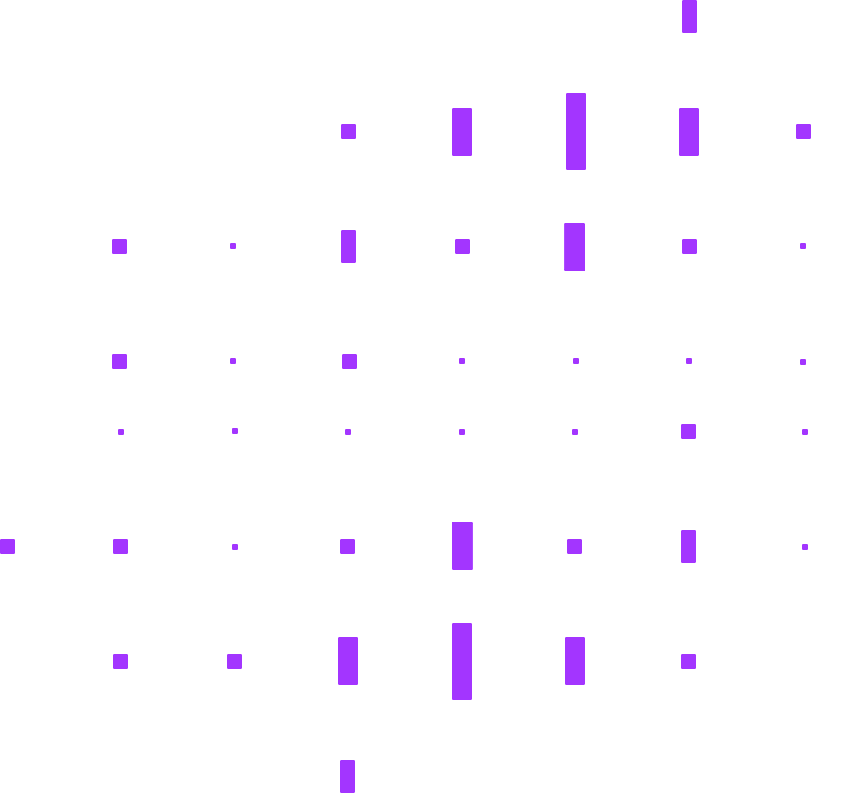In 1981 CAYSH started providing support and accommodation for young people in Croydon who faced homelessness. Over the last 35 years the needs of people they meet have become more varied and more complex. Their services combine support with accommodation to ensure that after a period facing homelessness, young people move on to independence with all the skills they need to make the most of their lives.
CAYSH
Organization-wide competency framework design
The Challenge
CAYSH recognized the need to clarify what success looks like on a behavioral level for every role within the organization. This was driven by a desire to demonstrate commitment to people development for everyone. It was also driven by a desire for line managers to own this process with a clearer understanding of the behavioral skills they should be seeking to develop and utilize within their teams.
We were selected as an external partner to support the creation of a new organization-wide competency framework which reflected the new reality of CAYSH’s workplace, in addition to their core values. We were chosen due to:
- Our leadership in the field of behavioral assessment and development.
- Our proven track record of developing accurate and useful competencies.
- Our team’s inclusive, collaborative and engaging approach to role research.


The solution
Our proposal to take a bottom-up approach to the design of the framework was quickly signed off. The rationale for this approach was significant; CAYSH wanted all staff to have input in order to create a sense of ownership and empowerment (over their professional development, and ensuring the right criteria would be used for future hires). Our approach started by gathering as much information as possible from front-line staff, individual contributors and even service users. To facilitate this, we used our Online Job Analysis Questionnaire, branded for CAYSH. We achieved an impressive 57% response rate across the entire organization.
The results were analyzed and the major themes were put onto cue cards, used in engaging focus group activities with front-line staff and then front-line managers. Again, information from this stage was collated, analyzed and used to inform the next stage. This meant our consultants’ questions for senior managers and board members in one-to-one interviews were guided by information gathered from across the organization.
This finally gave us enough information to conduct overall thematic analyses on our data and create the first draft of the competency framework. We met with the steering group at CAYSH to evaluate the titles, definitions and specific indicators. We scrutinized the language carefully to ensure the model made sense to its end users. We even had enough data to provide more detailed definitions for the way people can observe others living CAYSH’s values.
The results
- Over 100 staff members have developed their performance using the new framework.
- Launched an overarching 12-competency framework.
- 5% of the entire workforce was engaged in the design of the framework.


